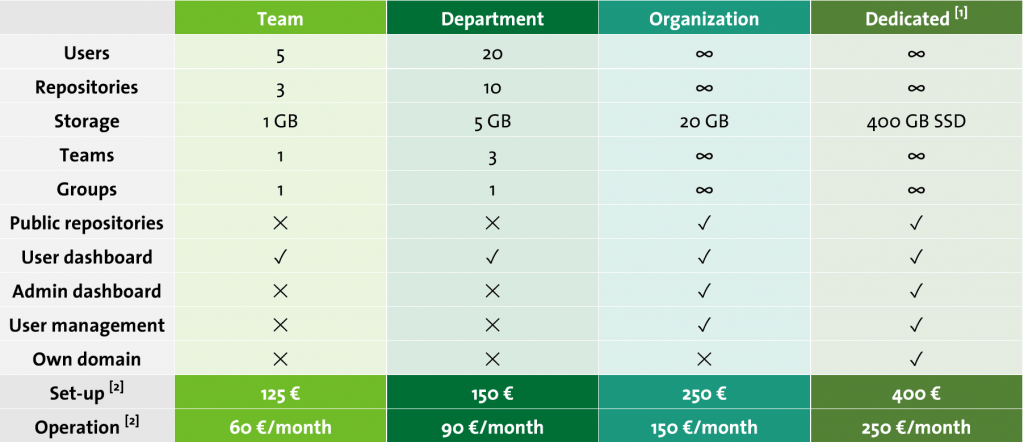

This business model has proved to be particularly attractive as it decreases the risks associated with contamination and inappropriate re-use, as well as the high costs associated with product reprocessing and sterilisation. As a result, manufacturers of medical devices and instruments are coming under increased scrutiny from healthcare providers and pharmaceutical companies looking to achieve better sustainability across their value chains.Ī significant portion of the medical device industry generates the bulk of its revenue from the sale of disposable products or components, including finished autoinjector devices and their associated components. Figure 1 showcases the findings 17% of healthcare emissions are produced on site (Scope 1), 12% come from purchased energy (Scope 2) and 71% come from indirect emissions (Scope 3) – predominantly from the global supply chain involved in the production, transport and disposal of goods and services, including medical devices and instruments. Overall, the paper found that fossil fuel consumption is at the heart of healthcare’s emissions due to it being integral to the energy supply, raw materials, manufacture and transport of healthcare operations. “The impact of product and process design on greenhouse gas emissions can be reduced if products are made usable for longer periods.”
 All other indirect emissions that occur in the value chain, including both upstream and downstream emissions. Indirect emissions from purchased energy. Direct emissions from healthcare facilities. The HCWH report aligns its findings with the Greenhouse Gas Protocol (GHGP), categorising healthcare emissions into three groups or “scopes”: 4įigure 1: Classification of GHG emissions in healthcare. Achieving sustainability is challenging, especially for an industry where plastics make up approximately 85% of medical equipment, and approximately 90% of medical device waste consists of disposable, one-time-use products or components. However, leading pharmaceutical companies now have well-defined strategies for product stewardship and environmental impact reduction, setting deadlines as aggressive as 2030 for achieving their sustainability targets – improving not only sustainability of their own operations but demanding that all parties throughout their value chain do so as well. Looking at just one part of the supply chain or product lifecycle in isolation, and only measuring a few of the environmental problems associated with it, is simply not sufficient. To date, much of this work has focused on sustainability initiatives aimed towards optimising the manufacture of drug product, such as using less energy and water, but often ignored the total impact of each product and supply chain on overall sustainability. 2 Recognising this impact, the healthcare industry is following other industries in developing and deploying sustainability initiatives throughout the value chain. 1 To put these numbers into perspective, the healthcare industry produces twice the level of greenhouse gas emissions compared with the aviation industry. In September 2019, Health Care Without Harm (HCWH) published a report that estimated that the global climate footprint for healthcare is equivalent to 4.4% of global net emissions (2 gigatons of CO 2 equivalent based on 2014 data from HCWH). “A significant portion of the medical device industry generates the bulk of its revenue from the sale of disposable products or components, including finished autoinjector devices and their associated components.” This article is a continuation of the case put forward by Phillips-Medisize’s Iain Simpson in his October 2020 ONdrugDelivery article. ONdrugDelivery, Issue 126 (Oct/Nov 2021), pp 36–44.Įmil Fraenkel and Bjarne Sørensen consider the sustainability of re-useable and disposable autoinjectors, its implications in adding connectivity to drug delivery devices and how it has been an important consideration for Phillips-Medisize in the development of the Aria re-usable autoinjector. Citation: Fraenkel E, Sørensen B, “Sustainability with the Aria Autoinjector: a Lifecycle Assessment”.
All other indirect emissions that occur in the value chain, including both upstream and downstream emissions. Indirect emissions from purchased energy. Direct emissions from healthcare facilities. The HCWH report aligns its findings with the Greenhouse Gas Protocol (GHGP), categorising healthcare emissions into three groups or “scopes”: 4įigure 1: Classification of GHG emissions in healthcare. Achieving sustainability is challenging, especially for an industry where plastics make up approximately 85% of medical equipment, and approximately 90% of medical device waste consists of disposable, one-time-use products or components. However, leading pharmaceutical companies now have well-defined strategies for product stewardship and environmental impact reduction, setting deadlines as aggressive as 2030 for achieving their sustainability targets – improving not only sustainability of their own operations but demanding that all parties throughout their value chain do so as well. Looking at just one part of the supply chain or product lifecycle in isolation, and only measuring a few of the environmental problems associated with it, is simply not sufficient. To date, much of this work has focused on sustainability initiatives aimed towards optimising the manufacture of drug product, such as using less energy and water, but often ignored the total impact of each product and supply chain on overall sustainability. 2 Recognising this impact, the healthcare industry is following other industries in developing and deploying sustainability initiatives throughout the value chain. 1 To put these numbers into perspective, the healthcare industry produces twice the level of greenhouse gas emissions compared with the aviation industry. In September 2019, Health Care Without Harm (HCWH) published a report that estimated that the global climate footprint for healthcare is equivalent to 4.4% of global net emissions (2 gigatons of CO 2 equivalent based on 2014 data from HCWH). “A significant portion of the medical device industry generates the bulk of its revenue from the sale of disposable products or components, including finished autoinjector devices and their associated components.” This article is a continuation of the case put forward by Phillips-Medisize’s Iain Simpson in his October 2020 ONdrugDelivery article. ONdrugDelivery, Issue 126 (Oct/Nov 2021), pp 36–44.Įmil Fraenkel and Bjarne Sørensen consider the sustainability of re-useable and disposable autoinjectors, its implications in adding connectivity to drug delivery devices and how it has been an important consideration for Phillips-Medisize in the development of the Aria re-usable autoinjector. Citation: Fraenkel E, Sørensen B, “Sustainability with the Aria Autoinjector: a Lifecycle Assessment”.






 0 kommentar(er)
0 kommentar(er)
